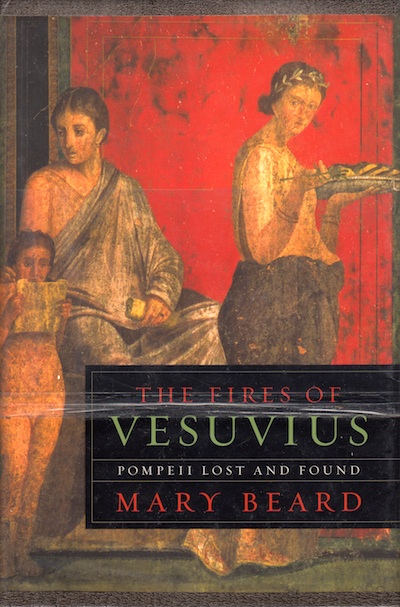New Pompeii is a science fiction book whereby a quasi-evil corporation uses its newly found time travel abilities to pull forward a large group of Pompeiians right before Vesuvius’ eruption covers the city in ash. (Forget the fact that Pliny documents how the city’s inhabitants fled en masse – that’s waved away with a sentence or two.)
It’s a completely serviceable, readable book that was catnip to me because I love reading about both Ancient Rome and time travel. It is not a great book, but I found a number of little touches well done: the Pompeiians wondering why are the carrots orange; the modern folks noticing how disfigured all the ancients are (health care was a lot different); the Romans living up to their world-conquering reputation. (Ok, that last one’s not so little.)
I’m not sure the plot resolution holds together; but: time travel. It almost never makes sense. I found it to be a fine book, your milage may vary.

